For passionate hikers and outdoor enthusiasts, the ultimate vacation often involves little more than comfortable footwear and nature’s boundless trails. A journey focused on exploration by foot allows travelers to experience destinations at a more intimate pace, discovering hidden corners that vehicle-bound tourists would otherwise overlook. Traveling with just your trusty hiking boots brings a freeing simplicity unmatched by other vacations.
Here is a list of 15 exceptional destinations where hiking boots are the only footwear you’ll need to pack for an unforgettable adventure.
Torres del Paine
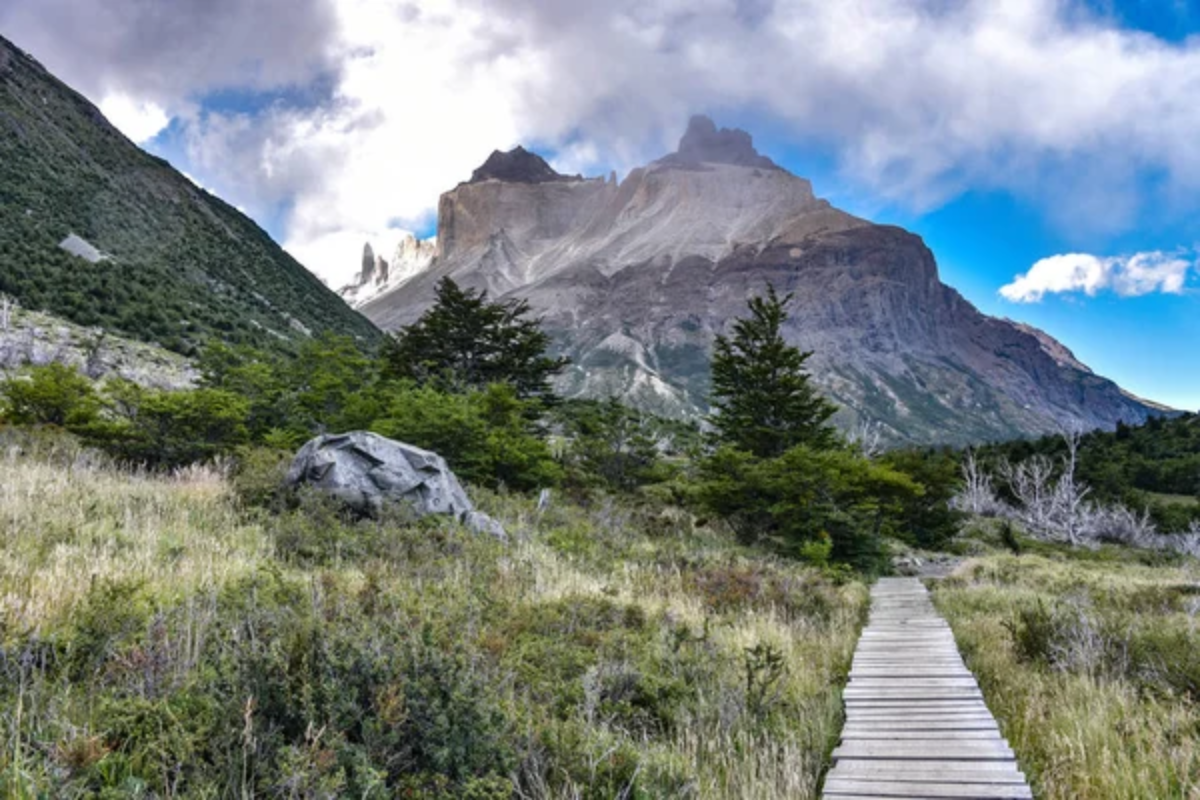
Patagonia’s crown jewel offers hikers a dramatic landscape of towering granite peaks, azure lakes, and sprawling ice fields that seem to belong to another world entirely. The renowned W Trek takes adventurous souls through diverse ecosystems while providing front-row views of the park’s famous horn-shaped mountains.
Ranging from basic refugios to cozy eco-lodges, punctuated by hikers to tackle portions ranging from gentle day walks to the challenging full circuit. The constantly shifting weather patterns create an ever-changing canvas where sunlight, clouds, and wind transform the scenery hourly.
The Dolomites

These limestone peaks in northern Italy combine remarkable natural beauty with rich cultural heritage across a network of well-marked trails. Villages nestled in verdant valleys provide comfortable bases for daily excursions into the mountains, where dramatic rock formations change color throughout the day from pale gray to fiery orange at sunset.
Traditional mountain huts known as rifugios offer hearty local cuisine and overnight accommodations along multi-day routes, eliminating the need to carry heavy camping gear. The WWI history embedded in these trails adds another dimension to hikes, with former trenches and tunnels revealing the region’s complex past.
Like Travel Pug’s content? Follow us on MSN.
Olympic National Park

Washington state’s ecological wonderland packs three distinct ecosystems into one magnificent park—temperate rainforest, alpine highlands, and rugged coastline. Mossy trails wind beneath ancient cedars and spruce trees draped in vibrant lichens, creating an emerald wonderland unlike anywhere else in North America.
Adventurous hikers can experience dramatic climate transitions in a single day, moving from lush forest to subalpine meadows dotted with wildflowers and finally to snowfields with panoramic views of jagged peaks. The park’s unique geography creates isolated microclimates that harbor plants and animals found nowhere else, making each trail section a discovery in biodiversity.
Kungsleden
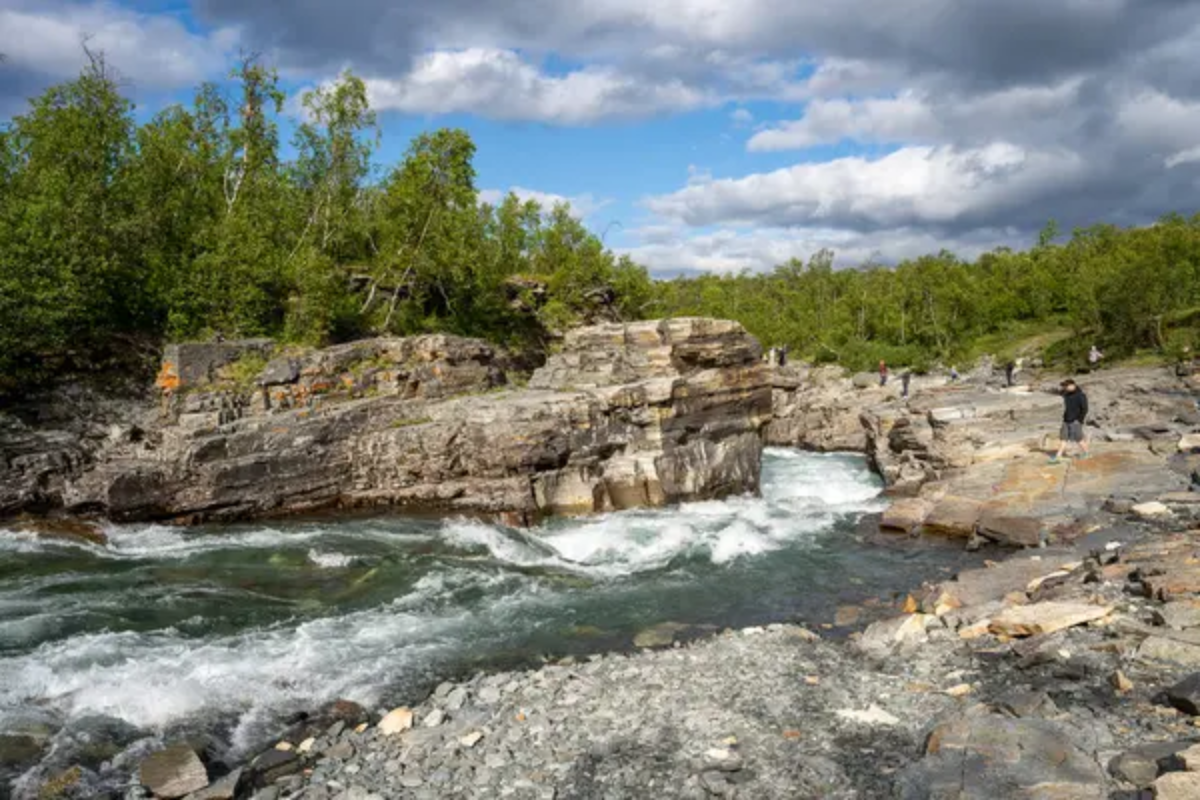
Sweden’s “King’s Trail” cuts through the last great wilderness of Europe, offering 270 miles of well-maintained paths through the Arctic landscape of Lapland. Wooden boardwalks protect delicate wetlands while providing steady footing across terrain that shifts from birch forests to vast tundra dotted with crystalline lakes.
Mountain stations spaced a day’s walk apart provide shelter and supplies, making this remote trail remarkably accessible even for solo hikers with moderate experience. During summer months, the midnight sun bathes the landscape in perpetual golden light, creating surreal hiking conditions and eliminating concerns about darkness.
Kilimanjaro

Africa’s highest peak offers determined hikers a non-technical yet challenging ascent through five distinct climate zones, from lush rainforest to arctic glacier. The gradual climb allows proper acclimatization while showcasing Tanzania’s remarkable biodiversity and shifting landscapes that feel like traversing entire continents in a matter of days..
Various routes to the summit accommodate different fitness levels and preferences, with some focusing on scenic value while others prioritize acclimatization or solitude away from busier paths. Reaching Uhuru Point at 19,341 feet provides not just summit satisfaction but also an unparalleled view across the African plains below.
Like Travel Pug’s content? Follow us on MSN.
Abel Tasman Coast Track
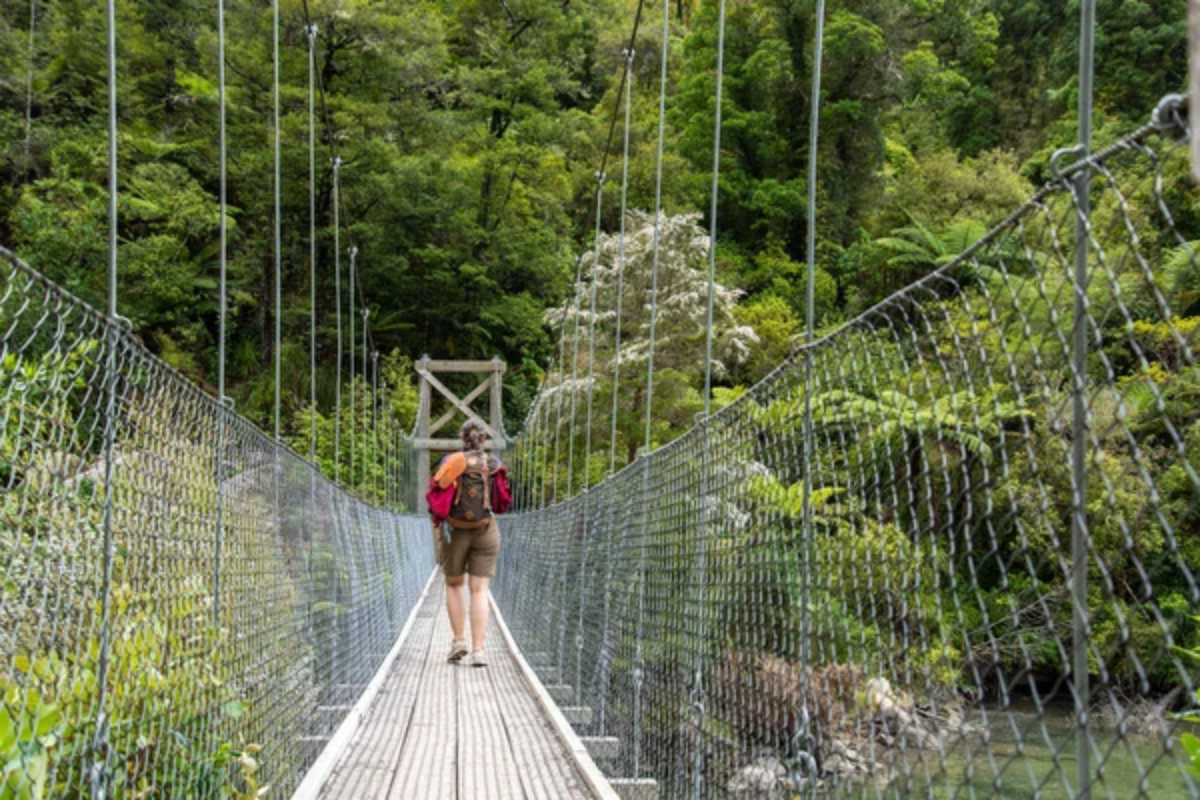
New Zealand’s most accessible Great Walk traces the golden coastline of the South Island, alternating between pristine beaches and forested headlands. Crystal-clear turquoise waters invite refreshing swims between hiking segments, while native bird songs create a natural soundtrack throughout the journey.
Tidal crossings add an element of adventure as hikers time their movements with nature’s rhythms, occasionally wading through shallow estuaries at low tide. Well-maintained huts and campsites make this an ideal multi-day trek for hikers seeking natural beauty without extreme physical demands.
Kumano Kodo

These ancient pilgrimage routes through Japan’s Kii Peninsula connect sacred sites while taking hikers through bamboo forests, terraced farmland, and traditional villages seemingly frozen in time. Stone-paved paths dating back over a thousand years wind up mountainsides to shrines where emperors once walked, offering a profound connection to Japanese spiritual history.
Local minshuku guesthouses provide authentic accommodations along the way, serving regional cuisine that varies with the seasons and terrain. Hot springs scattered throughout the region offer weary hikers natural therapeutic relief after challenging sections of the trail.
GR20

Corsica’s legendary trail cuts a diagonal path across the mountainous Mediterranean island, challenging even experienced hikers with its rocky terrain and dramatic elevation changes. Rugged granite landscapes give way to alpine meadows bursting with fragrant herbs that scent the breeze during summer months.
Rustic mountain refuges offer basic accommodations and hearty meals, creating natural gathering points where hikers from around the world share stories and advice about the trail ahead. The physical demands of this route are amply rewarded with panoramic vistas encompassing both mountains and sea—often visible simultaneously from higher elevations.
Like Travel Pug’s content? Follow us on MSN.
Cordillera Huayhuash Circuit
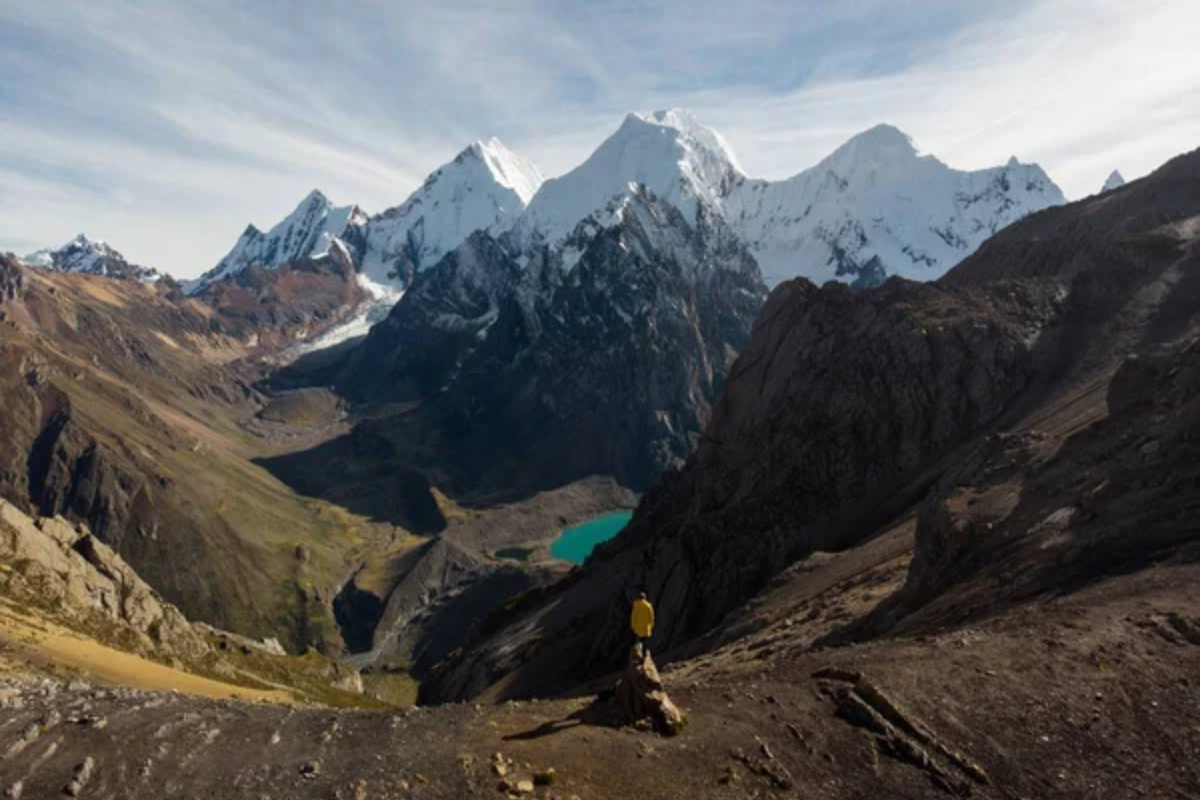
Peru’s spectacular mountain range offers a challenging high-altitude trek through an area less visited than nearby Machu Picchu yet equally breathtaking in its dramatic beauty. Turquoise glacial lakes reflect snow-capped peaks that soar above 20,000 feet, creating a photographer’s paradise and a hiker’s ultimate challenge.
Local communities manage campsites along the route, providing both services to trekkers and sustainable income for people living in this remote region. Daily temperature swings from freezing nights to warm afternoons require adaptable clothing strategies despite the overall simplicity of packing just hiking boots.
Overland Track

Tasmania’s premier hiking route winds through the heart of the island’s wilderness, showcasing ancient rainforests, button grass plains, and craggy mountain peaks formed by glacial forces. Wombats and wallabies frequently cross paths with hikers, creating delightful wildlife encounters throughout the journey.
Side trails lead to cascading waterfalls and summit lookouts that reward the additional effort with views across undisturbed landscapes protected within the Tasmanian Wilderness World Heritage Area. The weather’s notorious unpredictability adds an element of adventure, with sunshine and snow sometimes occurring on the same day, even during the summer months.
Laugavegur Trail
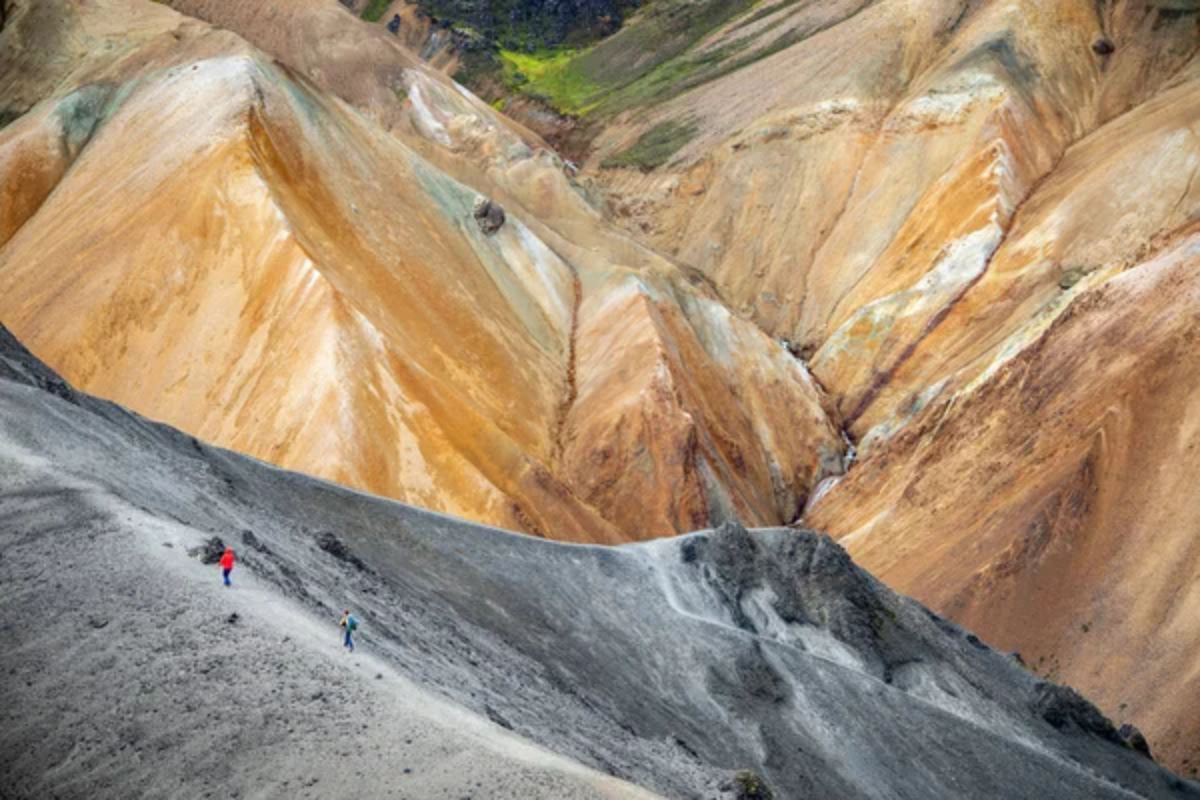
Iceland’s otherworldly landscapes unfold along this popular route that showcases the raw power of volcanic and geothermal activity. Multicolored rhyolite mountains create natural rainbows across valleys where steam rises mysteriously from the earth’s crust.
Rivers cutting through black sand deserts require exciting fording experiences that become trail highlights rather than mere obstacles. Mountain huts positioned strategically along the route provide shelter from Iceland’s famously fickle weather while offering opportunities to meet fellow hikers from around the globe.
Like Travel Pug’s content? Follow us on MSN.
West Highland Way

Scotland’s most beloved long-distance path carries hikers through the legendary highlands, where misty mountains and sweeping valleys create a landscape steeped in history and folklore. Traditional pubs in villages along the route offer evening respite with local ales and hearty meals that refuel hikers for the next day’s journey.
Changing weather conditions create an ever-shifting atmosphere where sunlight breaking through clouds can suddenly illuminate hidden glens with golden light. The trail’s northern terminus at Fort William sits in the shadow of Ben Nevis, Britain’s highest peak, tempting many hikers to add this summit as a final challenge.
Haute Route

This alpine journey between Chamonix and Zermatt takes hikers beneath some of Europe’s most iconic peaks, including Mont Blanc and the Matterhorn. Traditional Swiss and French mountain villages provide comfortable accommodations between days spent crossing high mountain passes with sweeping views of glaciers and jagged summits.
Alpine meadows burst with colorful wildflowers during summer months, creating stunning foregrounds for photographs of the snow-covered peaks beyond. Cultural transitions between French and Swiss territories add interest beyond the natural environment, with subtle changes in architecture, cuisine, and local customs.
John Muir Trail
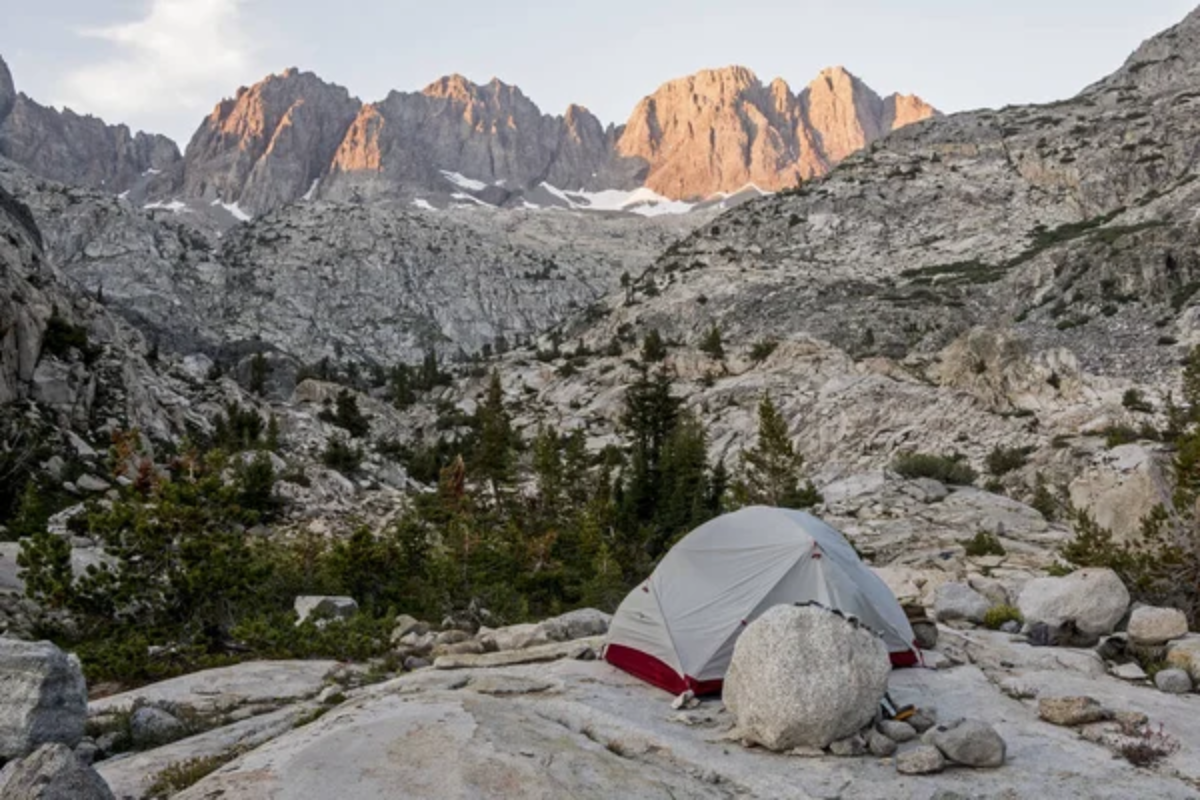
California’s high Sierra Nevada mountains host this magnificent route named for the famed naturalist who advocated for their protection. Granite domes, crystal-clear alpine lakes, and forests of towering pines create diverse scenery that changes dramatically along the trail’s 211-mile journey.
Resupply points strategically positioned along the route allow hikers to travel with relatively light packs despite the extended length of this wilderness experience. Evening alpenglow bathes mountain peaks in a rosy light, creating magical moments that justify carrying a camera despite weight considerations.
Like Travel Pug’s content? Follow us on MSN.
Te Araroa

New Zealand’s “Long Pathway” extends the entire length of both islands, offering ambitious hikers an extraordinary diversity of landscapes from subtropical forests to volcanic plateaus and coastal walkways. Maori cultural sites along the route provide connections to the land’s human history, adding depth to the natural wonders encountered daily.
Small towns positioned conveniently along the trail allow for resupply without carrying excessive weight, making this lengthy journey more manageable than it might initially appear. The trail’s thoughtful design creates opportunities for section hiking, allowing travelers with limited time to experience portions of this remarkable path.
Beyond The Boots
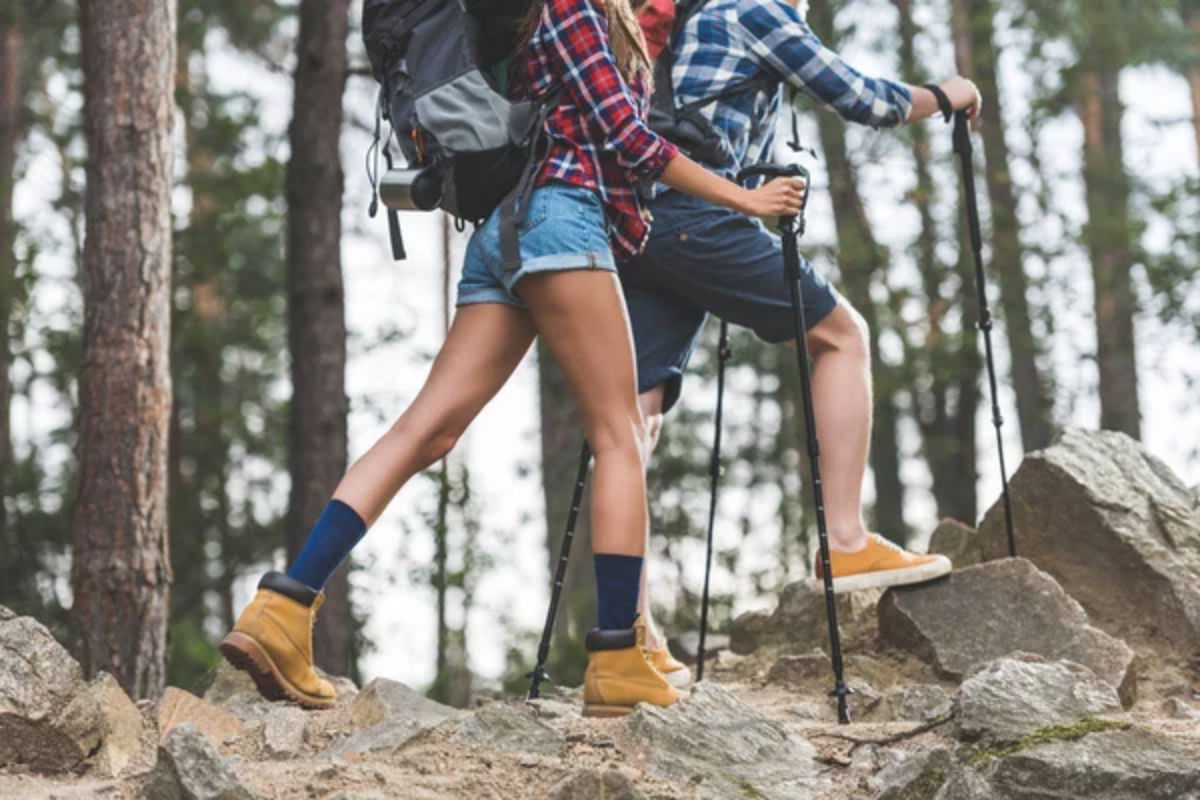
The simplicity of travel focused on hiking creates experiences that engage all senses—the scent of pine forests, the sound of distant waterfalls, and the texture of varied terrain beneath your feet. These destinations demonstrate that remarkable journeys often require minimal gear but deliver maximum connection with landscapes and cultures encountered along the way.
Whether tackling a challenging multi-week trek or enjoying day hikes from comfortable accommodations, the humble hiking boot serves as the perfect vehicle for authentic travel experiences that remain vivid in memory long after returning home.
More from Travel Pug

- Cities Growing so Fast You Won’t Recognize Them in 10 Years
- 13 Destinations Where Tourists Regularly Regret Their Trip
- 20 Obscure WWII Sites Even History Buffs Don’t Know About
- 10 Under-the-Radar Mountain Towns That Are Both Affordable and Beautiful
- Remote Villages in Europe Where You Can Live for Free in Exchange for Work
Like Travel Pug’s content? Follow us on MSN.
